TBB.2018 Pitchings sessions: ENOSIS
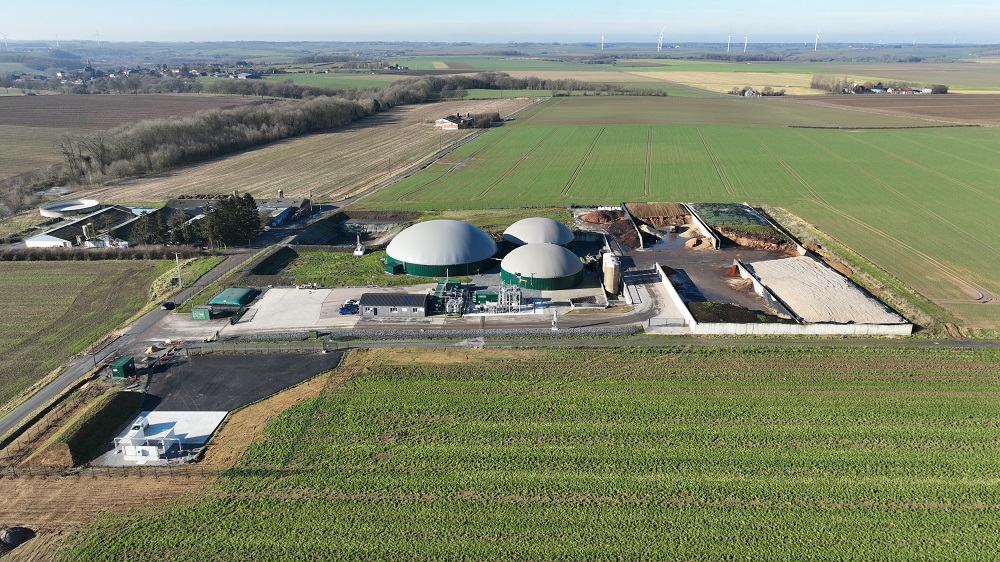

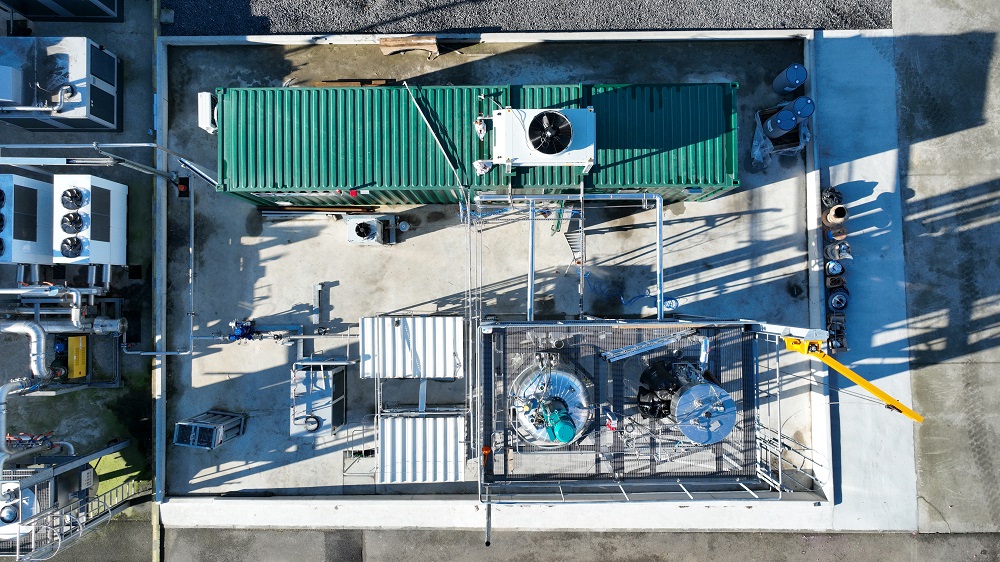
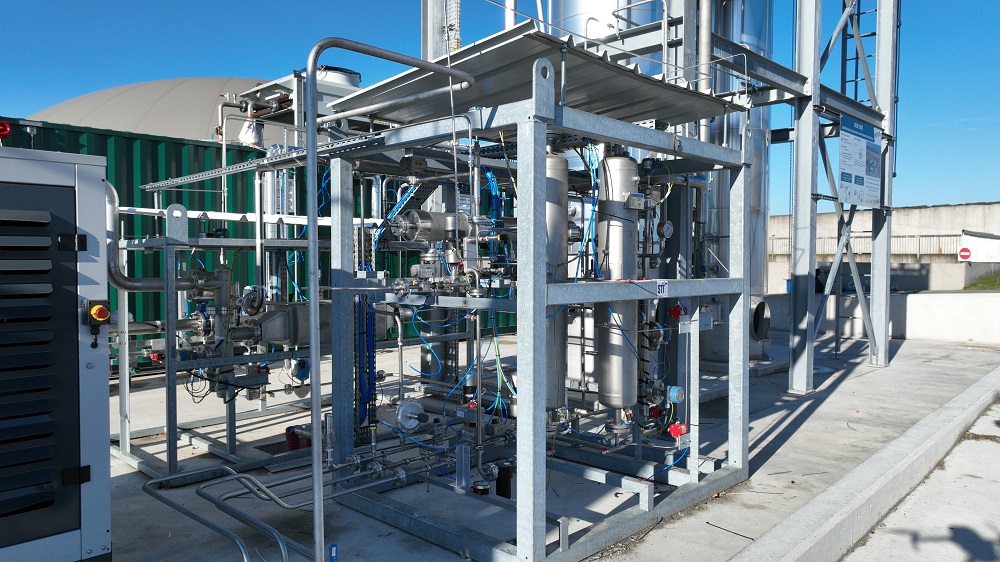

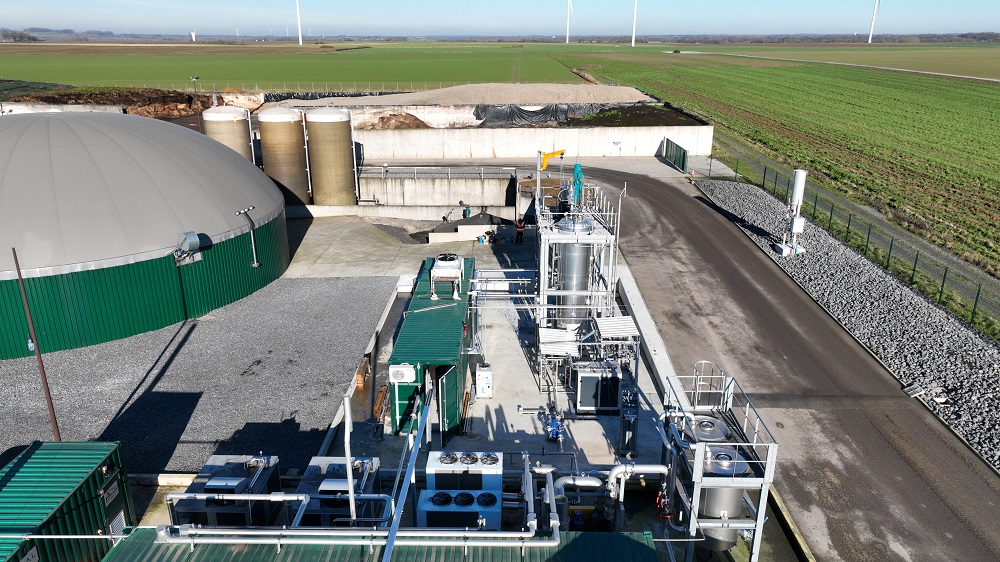
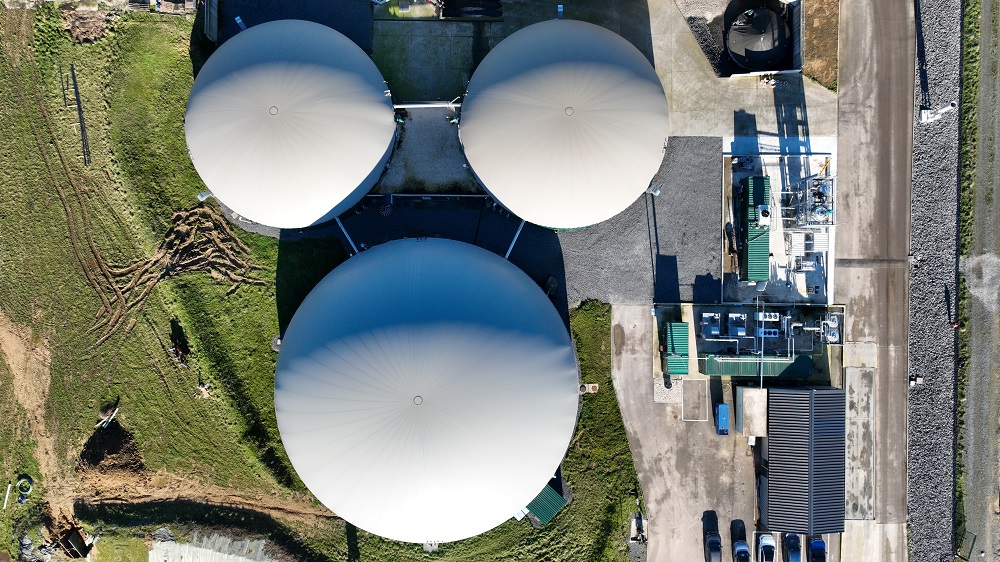


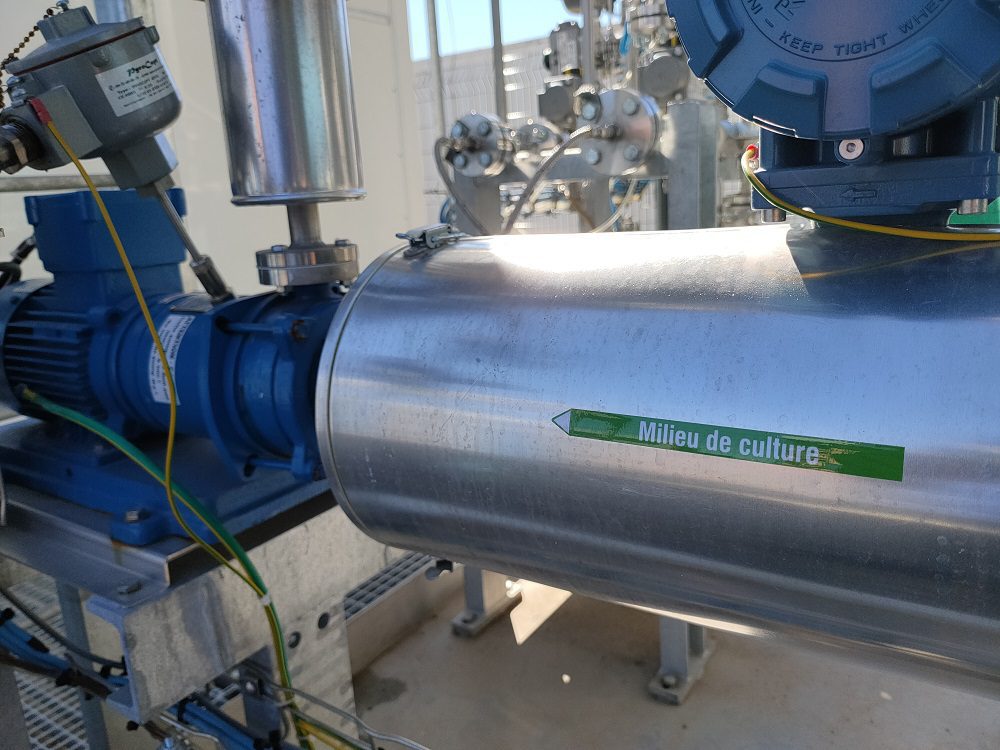
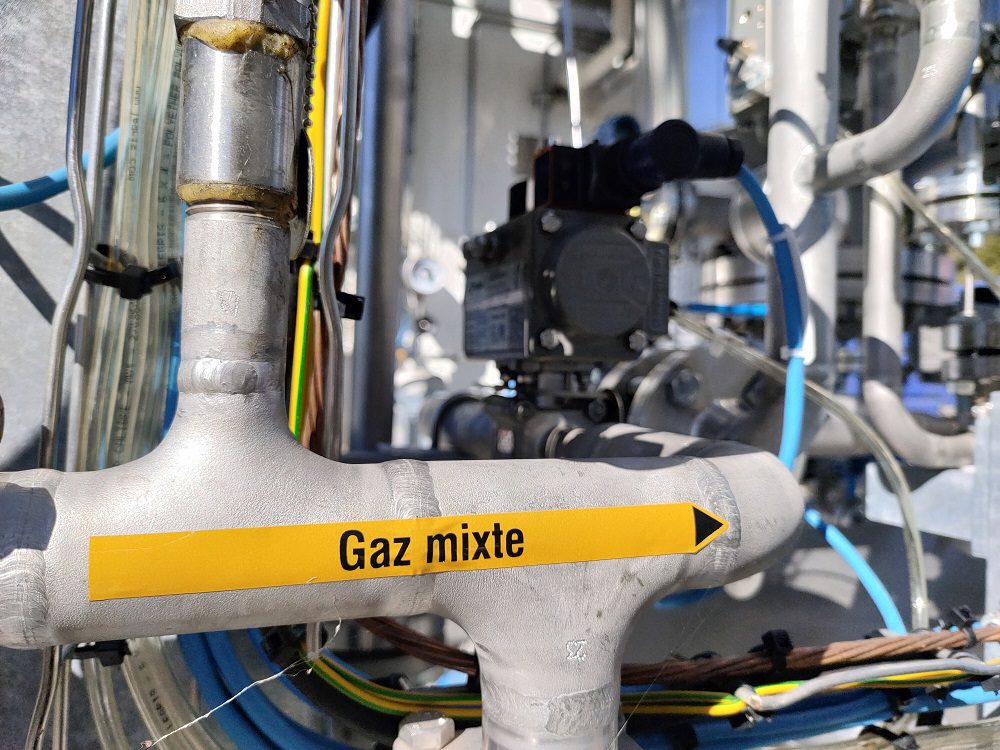
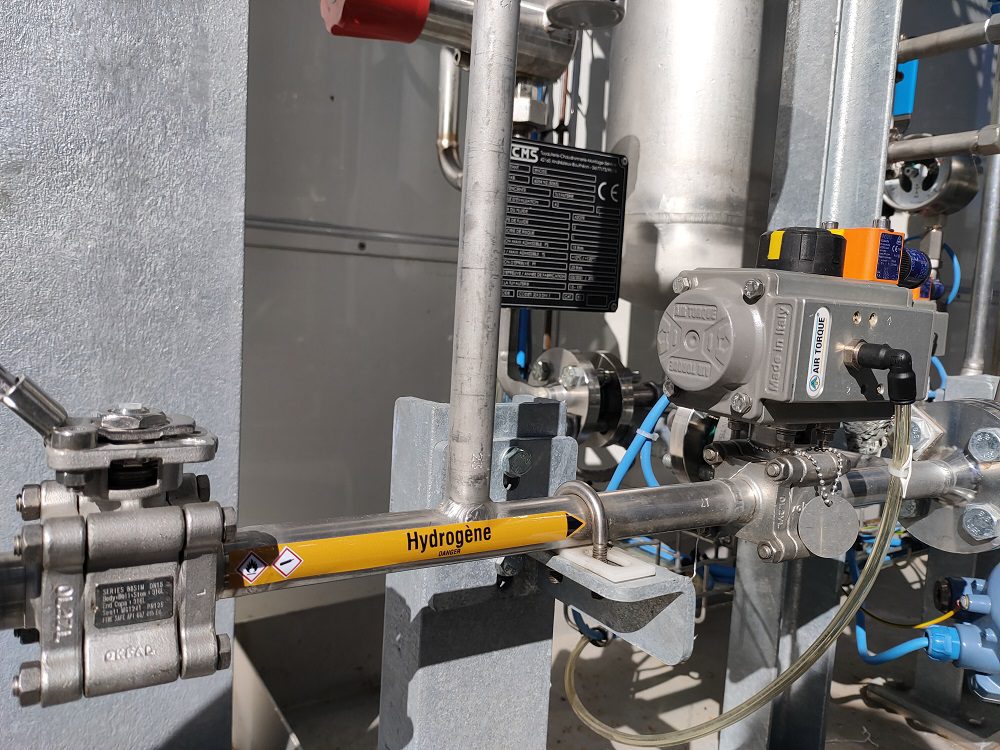

Decarbonising industry
Biomethanation uses microorganisms to efficiently convert H2, CO and CO2 into methane that is able to be injected into the gas grid.
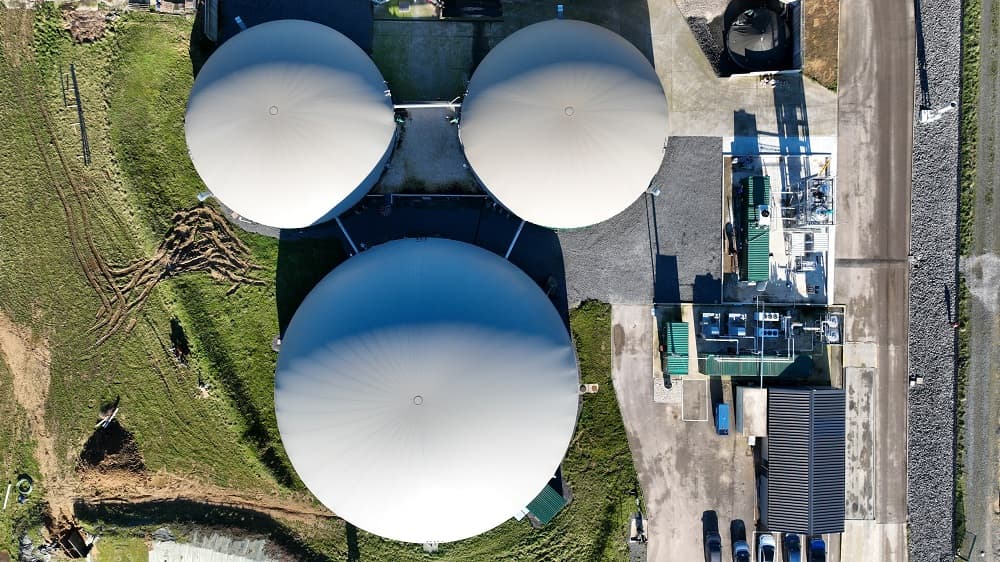
Commercialised by
Enosis
Toulouse, France
12 rue Louis Courtois de Viçose Portes Sud, Bat. 3, 31100 Toulouse, France
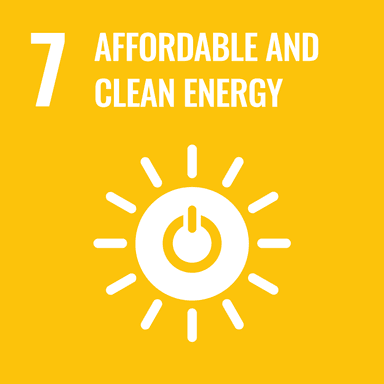
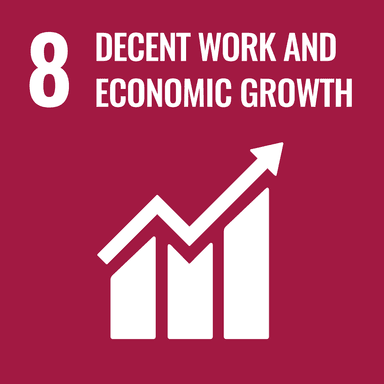
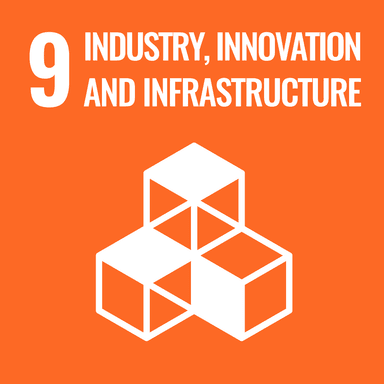

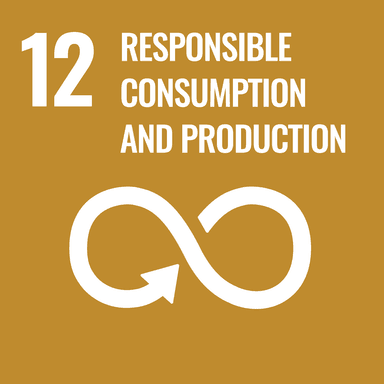

Simple reactor architecture. – Biocatalyst self-regeneration. – Biocatalst resilience to pollutants and on-off cycle. – Output gas matching gas grid specifications (CH4 > 97%).
The need
To eliminate fossil fuels, renewable gases need to be upgraded in order to be injected into the gas grid. Biomethanation makes it possible to increase methane content by converting CO2, CO and H2 into methane, without requiring extra methanisable material and by achieving grid specifications.
The solution
Enosis designs and develops biological methanation units based on an innovative, sustainable biotechnology that includes associated control command. The company’s know-how covers the design, manufacturing and integration of units within host sites (methanisation, pyrolysis or gasification sites, and industrial sites), their connection to the grid and their operation and maintenance. Enosis also advances the development of territorial methanation projects and their financing.
The value proposition
TBB.2018 Pitchings sessions: ENOSIS
